Industrial Piercing: Types, Pain Level, Healing, And Cost
Add a bold touch to your look with this edgy ear piercing.
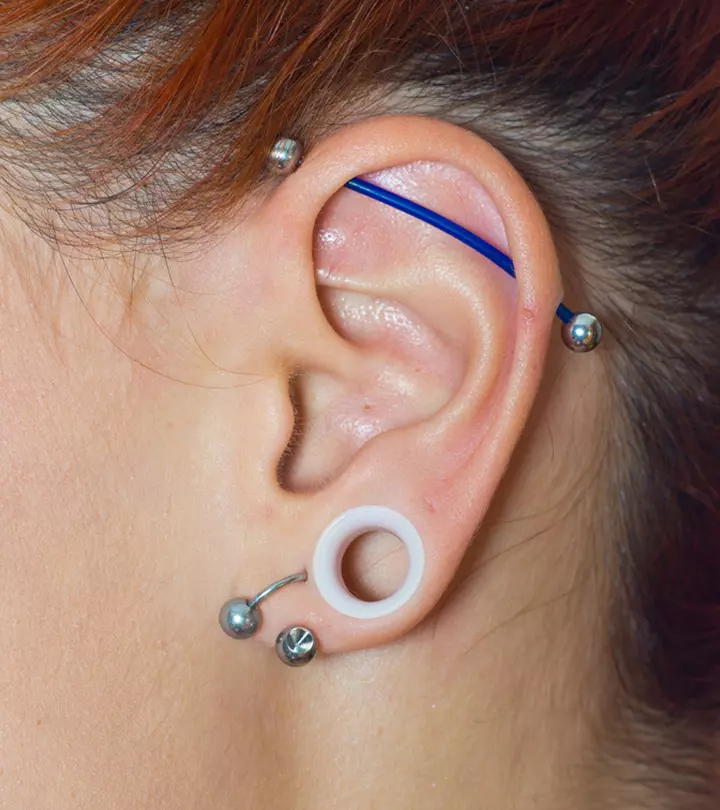
Image: Shutterstock
Unconventional ear piercings never go out of style. But while conch and daith piercings have gotten quite popular in recent years, one type of piercing that has caught everyone’s attention is the industrial piercing. Traditionally associated with a punk or grunge-rock aesthetic, today it has gained mainstream popularity due to the cool and undeniably edge statement it makes. An industrial piercing involves connecting the anti-helix (inner, upper ear) and helix (outer ear) piercings with an industrial barbell. If you are thinking about getting one or just curious about the whole trend, you are in the right place. In this article, we will delve into what an industrial piercing is, the types of jewelry used, the cost of getting one, some aftercare tips, and more. Scroll down to know more!
 Piercing Guide: Industrial Piercing
Piercing Guide: Industrial Piercing- Placement: Connects outer and forward helix with a barbell.
- Pricing: $40 to $100+, varies by location and materials.
- Healing Time: 6 months to 1 year, depending on aftercare.
- Aftercare: Clean with saline solution twice daily, avoid touching or twisting jewelry, monitor for infection signs.
In This Article
Types Of Industrial Piercing
Standard Industrial piercings involve connecting the outer helix to the forward helix with an industrial babble. However, the key difference lies in the direction of the cartilage piercing. Here are the three types of industrial piercings you should know about:
1. Horizontal Industrial Piercing
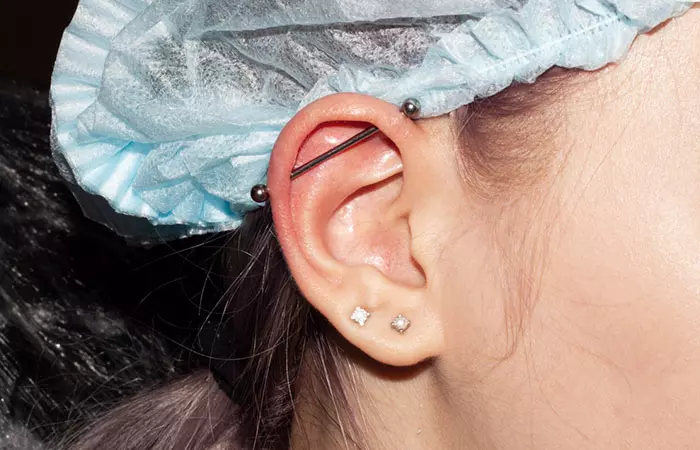
This is the traditional style where two holes are made on the upper ear cartilage and connected horizontally together with a single barbell.
2. Vertical Industrial Piercing
View this post on Instagram
This style involves piercing the two holes on the cartilage vertically with a straight bar or multiple smaller pieces, creating a visually unique effect.
3. Industrial Chain Piercing
View this post on Instagram
This piercing involves using single or multiple chains to connect the two piercings, creating a dynamic and eye-catching style.
 Did You Know?
Did You Know?These types of industrial piercings allow enthusiasts to showcase their individual style confidently. But before you get one, it is important to know the different types of jewelry used for these piercings. Find out about them below.
Key Takeaways
- Industrial piercings involve putting barbell jewelry through the holes in the upper ear and outer ear.
- You can use gold or basic titanium barbells with gems or charms to personalize your look.
- Following aftercare practices such as sleeping on silk pillowcases and washing the piercing twice daily with saline solution is crucial to proper healing.
Types Of Jewelry Used In An Industrial Piercing
The versatile nature of industrial piercings allows one to experiment with different pieces of jewelry to make them creative and unique. Given below are the different pieces of jewelries used in industrial piercings:
1. Straight Barbell
View this post on Instagram
This classic choice for industrial piercings features a straight rod with balls or designs on each end. You can go for gold, stainless steel, or titanium barbells with a charm or gemstone to make it more unique.
2. V Bar
View this post on Instagram
You can opt for a curved V-bar to add a unique twist to the industrial piercing.
3. Industrial Piercing Chain
View this post on Instagram
You can attach these chains to either end of the piercing to create a unique appearance.
The right type of jewelry can make your industrial piercing stand out. But is it painful to get this piercing? Check out the section below to know more.
Is An Industrial Piercing Painful?
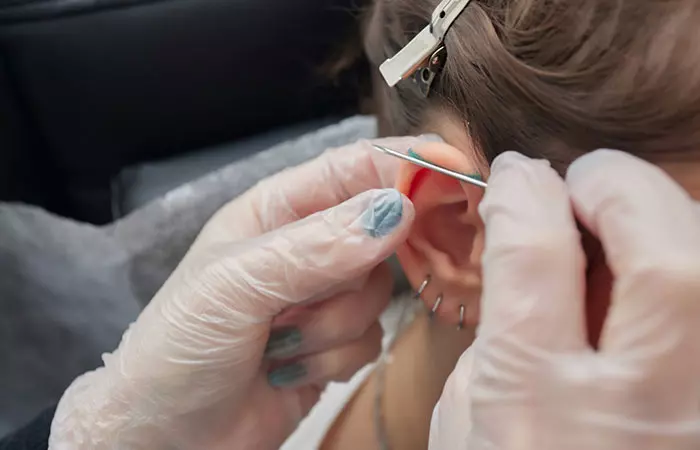
The pain level for industrial piercings varies according to individual pain tolerance. However, many report it as a moderate pinch or an unnecessary pressure when compared to other body piercings. The process involves piercing the ear cartilage twice, which can be more intense than a regular earlobe piercing. However, the discomfort is usually brief.
It is crucial to choose an experienced piercer as their expertise can significantly impact the experience. While everyone’s pain threshold is different, the unique and stylish result often outweighs the temporary discomfort, making the industrial piercing a popular choice for those seeking a bold and expressive look.
A blogger with the moniker 5th Avenue Goth shared her experience of getting an industrial piercing in a blog post. She wrote, “I’ve pierced my own lip and lobe. The industrial was easily the most painful, and the healing time was about a year. It was constant pain for a few months, and for the rest of that year if anyone even breathed on it, it hurt (i)”.
Once the hollow needle is removed from the piercing sites, you may experience some soreness, which is a sign that your piercing is already starting to heal. But you must be wondering how long it takes for it to heal completely. Find out below.
How Long Does It Take An Industrial Piercing To Heal?
The healing process may take between 6 months to 1 year depending on the aftercare and the individual’s immune system.
The healing stage may go through the following stages:
- Stage 1: Your piercing will look red and swollen and feel warm to the touch. This stage may last between 1 month to 6 months.
- Stage 2: The swelling and tenderness goes down in this stage. Scabs and new blood vessels begin to form. This stage may last between 6 to 9 months.
- Stage 3: The piercing hole may seem healed and even. However, the healing is still going on inside. This stage may last between 9 to 12 months.
Consistent aftercare is crucial to ensure a speedy and successful healing. Check out the next section for some simple industrial piercing aftercare tips.
Aftercare Tips For An Industrial Piercing
Taking care of a fresh piercing ensures it reduces the risk of infection and other complications. Here are some essential tips to help you (1):
- To prevent infection, clean the piercing twice daily with a sterile saline solution or antibacterial cleanser. However, avoid excessive cleaning, as it can irritate the piercing and slow down the healing process.
- Avoid cotton swabs; cotton fibers can get stuck in the piercing and cause irritation.
- Avoid using headphones or twisting the piece of jewelry to prevent putting any unnecessary pressure on it.
- Sleep on the opposite side or with a travel pillow to reduce friction and unnecessary pressure on the healing piercing.
- Avoid touching the healing piercing to prevent introducing bacteria into the wound.
- Steer clear of abrasive substances like alcohol or hydrogen peroxide as they may agitate the healing tissue.
- Keep a lookout for signs of infection, such as increased redness, oozing pus, or swelling.
- Go for regular check-ups with a reputable piercer to ensure the piercing is healing as expected.
Following these aftercare steps diligently fosters a smooth recovery, allowing you to enjoy the stylish and unique outcome of your industrial piercing.
 Quick Tip
Quick TipFollowing the above-mentioned aftercare tips is crucial to proper healing. However, cleaning the industrial piercing properly and correctly also plays a major role in the healing process. Find out more about it in the next section.
How To Clean An Industrial Piercing
Ensuring the cleanliness of your industrial piercing is vital for a smooth healing journey. Here is how you go about cleaning your industrial piercing:
- Start by thoroughly washing your hands.
- Once that is complete, soak a cotton ball or pad in a gentle sterile saline solution.
- Apply it to the front and back of the piercing to saturate the area.
- You can use a damned cotton swab to brush away any crusts.
- Pat dry the area using a paper towel or low-ply cloth that will not snag.
Practicing this cleaning routine daily will help cultivate a favorable healing atmosphere for your industrial piercing. While we have discussed industrial piercing in detail, it is important to understand the risks associated with it. Scroll down to know more.
Cons Of Industrial Piercings
Although industrial piercings help express your individual identity, these are the following complications you should be aware of:
- Industrial Piercing Bumps: Not following aftercare practices diligently or constant irritation may cause irritation bumps around the piercing (2).
- Industrial Piercing Rejection: This happens when your body perceives the new piercing as a threat and pushes it out. This causes the skin below the piercing to heal, not allowing the piercing to go back (3).
- Industrial Piercing Infection: Neglected hygiene during the healing period may leave you with an infected industrial piercing. This causes symptoms such as prolonged redness, swelling, yellow or green discharge, or burning (3), (4).
- Keloids On Industrial Piercing – Keloids are thick, raised scars that may form as a response to the trauma that the skin experiences during the piercing. They may be larger than the initial piercing site and can be very painful (3).
Understanding the risks associated with industrial piercing is crucial to finalizing the decision. Check out the section below for the cost of industrial piercing.
How Much Does An Industrial Piercing Cost?
The price of an industrial piercing depends on factors such as the body piercing studio’s location, the jewelry material, and the piercer’s experience. The price may range anywhere between $40 to $100 or even more. Make sure you choose an experienced piercer who follows proper sanitation practices to ensure a safe and smooth experience.
Before you finalize your decision, it is also important to understand how to change your industrial piercing to ensure it stays clean and safe for a long time. Find out more in the section below.
How To Change An Industrial Piercing
Given below are some simple tips to help you change your industrial piercing like a pro:
- Wash your hands really well before touching the piercing.
- Hold the barbell firmly and steadily with one hand and unscrew the beads from each end gently.
- Guide the barbell upwards and out of the lower piercing first. Then, gently guide it downwards and out of the upper piercing.
- Clean the new jewelry in a sterile saline solution.
- Then, gently guide the new jewelry through the top piercing and then the lower piercing slowly and carefully to ensure a smooth switch.
If you are unsure about how to go about it, consult a quality piercer for guidance.
An industrial piercing is the perfect way to make a bold style statement. It involves connecting two holes in the outer ear and inner ear with an industrial barbell. The versatile nature of this piercing allows you to use different types of jewelry to make it unique and visually appealing. However, working with an inexperienced piercer in an unsanitary environment can increase the risk of infections and keloids. Therefore, consult a professional piercer with relevant experience to ensure a safe and comfortable piercing experience.
Frequently Asked Questions
What gauge are industrial piercings?
Industrial piercings commonly use a 14 or 16-gauge barbell as per the individual’s preference and the piercer’s recommendation.
Does an industrial piercing hurt worse than a tattoo?
Industrial piercings are generally considered less painful than tattoos. However, it is important to note that tattoos have a shorter healing period compared to piercings. Plus, pain tolerance varies from person to person. Hence, keep your pain threshold when considering either or both procedures.
How old do you have to be to get an industrial piercing?
One must legally be 18 years of age to get an industrial piercing. However, the regulations may vary from state to state. Therefore, check with your local piercing studios before getting one.
How do you shower with an industrial piercing?
You can shower with a mild, fragrance-free soap as your piercing heals. You can even flip your hair to one side and wash it or wear shower ear caps to prevent it from wetting the wound.
When should you not get an industrial piercing?
It is best to avoid industrial piercings if you are unwell, prone to infections, pregnant, or have specific medical conditions. You can consult your doctor and piercing professional to know the right time to get the piercing done.
Do industrial piercings get infected easily?
All piercings are prone to infection. However, industrial piercings are at a higher risk of developing an infection because cartilage wounds take a longer time to heal. Plus, the cartilage is closer to the hair, which brings the wound in close contact with dirt, oil, and bacteria. Long hair may also get caught in the piercing, increasing the risk of infection.
How can I hide my industrial piercing at work?
You can use pierced ear protectors or apply some concealer on the healed piercing to hide it at work. You can even wear a hat or a scarf to hide your piercing. Consult your piercer for some simple and safe tips on how to do so.
Cleaning your industrial piercing properly is crucial to a safe and comfortable healing process. Check out this interesting video below to learn how to do so with simple ingredients available at home.
Personal Experience: Source
StyleCraze's articles are interwoven with authentic personal narratives that provide depth and resonance to our content. Below are the sources of the personal accounts referenced in this article.
(i) Industrial Piercings
https://themutantstompfriends.blogspot.com/2015/04/industrial-earrings.html
References
Articles on StyleCraze are backed by verified information from peer-reviewed and academic research papers, reputed organizations, research institutions, and medical associations to ensure accuracy and relevance. Read our editorial policy to learn more.
- SUGGESTED AFTERCARE FOR BODY PIERCINGS
https://safepiercing.org/aftercare/ - Common complications of body piercing
https://www.ncbi.nlm.nih.gov/pmc/articles/PMC1071670/ - Complications of body piercing
https://www.researchgate.net/publication/7426909_Complications_of_body_piercing - Body Piercing Infections
https://www.ncbi.nlm.nih.gov/books/NBK537336/
Read full bio of Rodrigo Casco
Read full bio of Sangita Goel
Read full bio of Eshna Das
Read full bio of Shreya Mukherjee





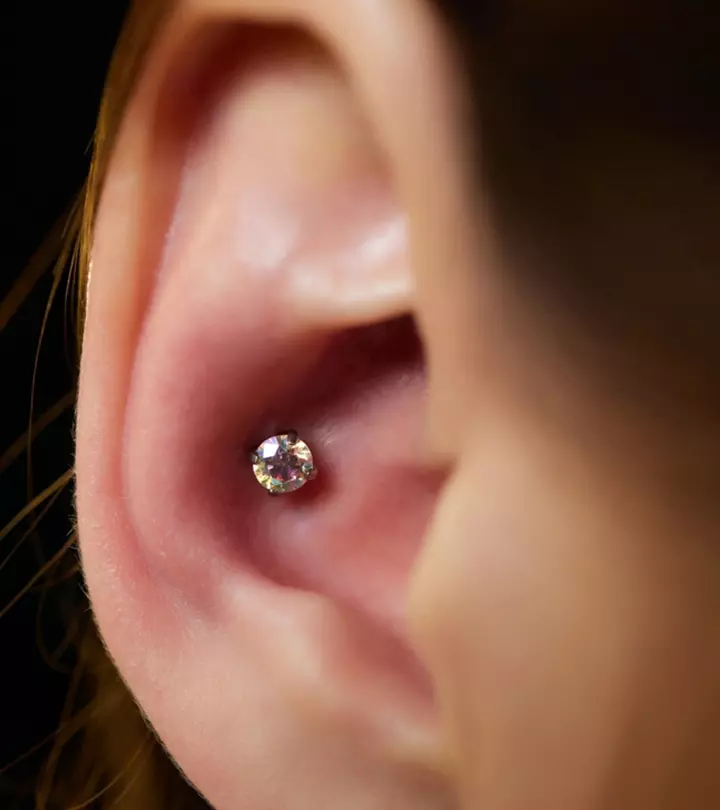

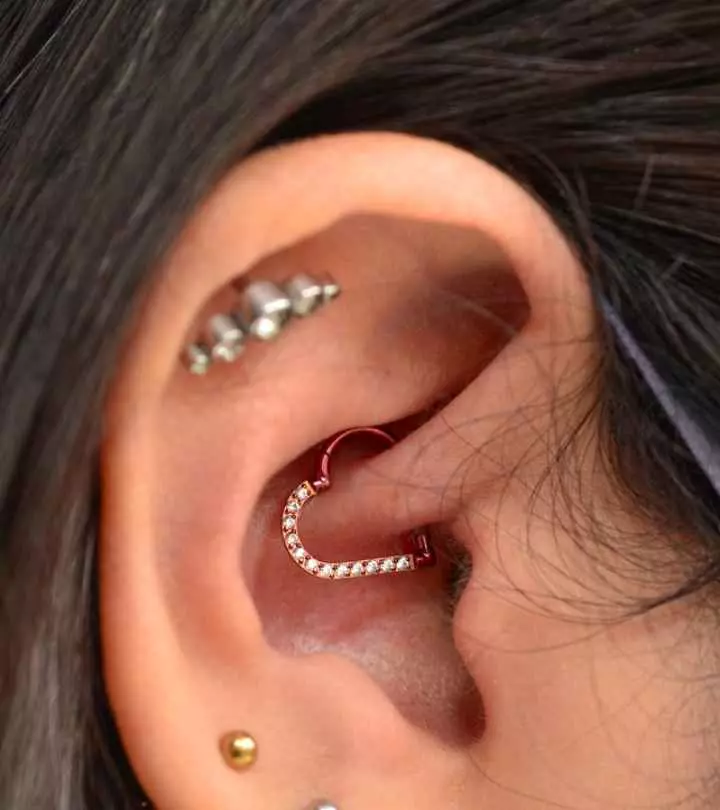
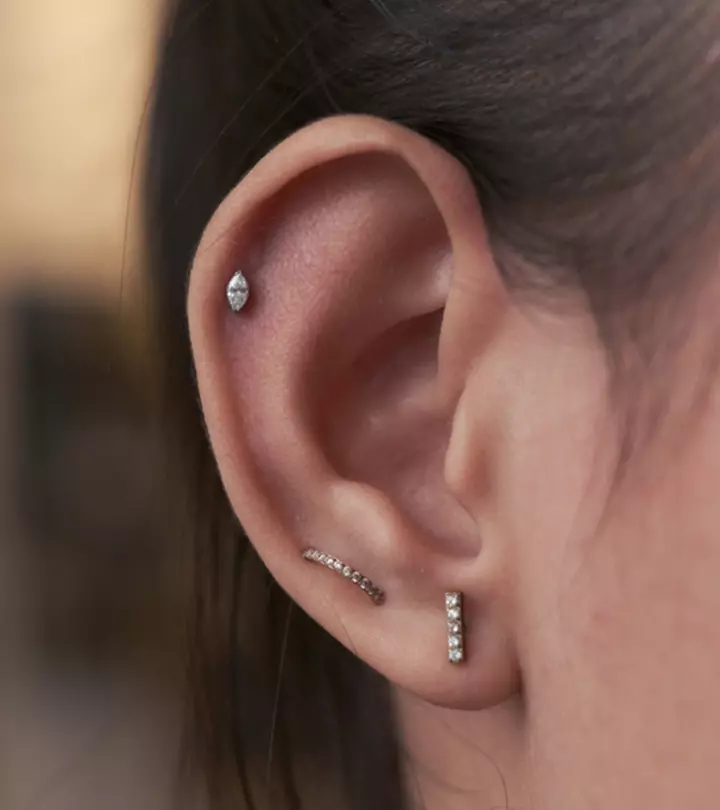
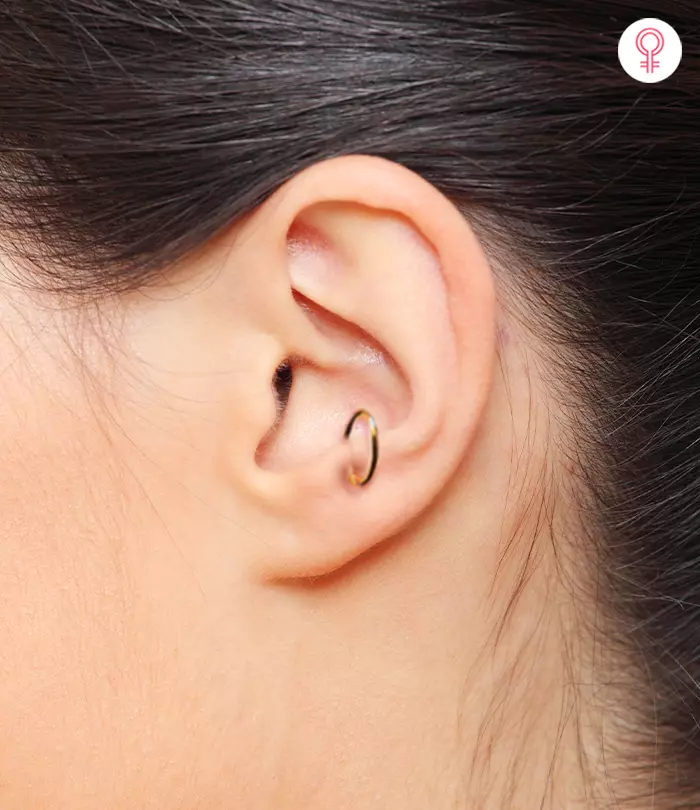

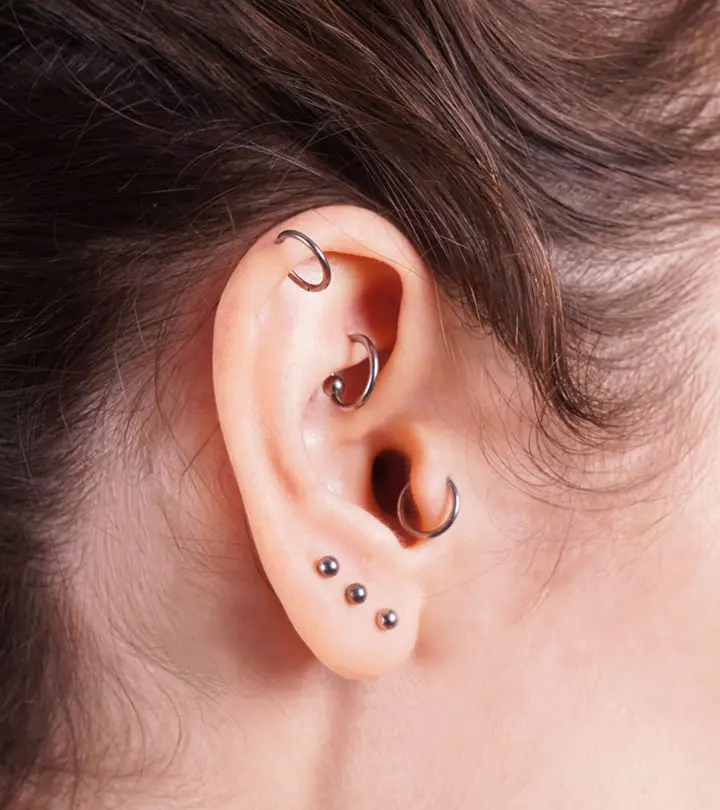
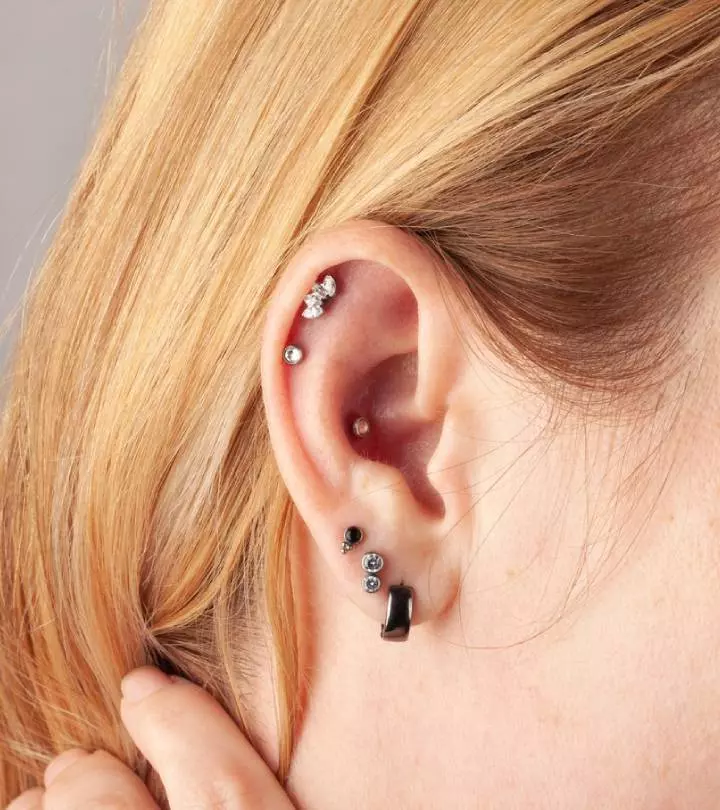
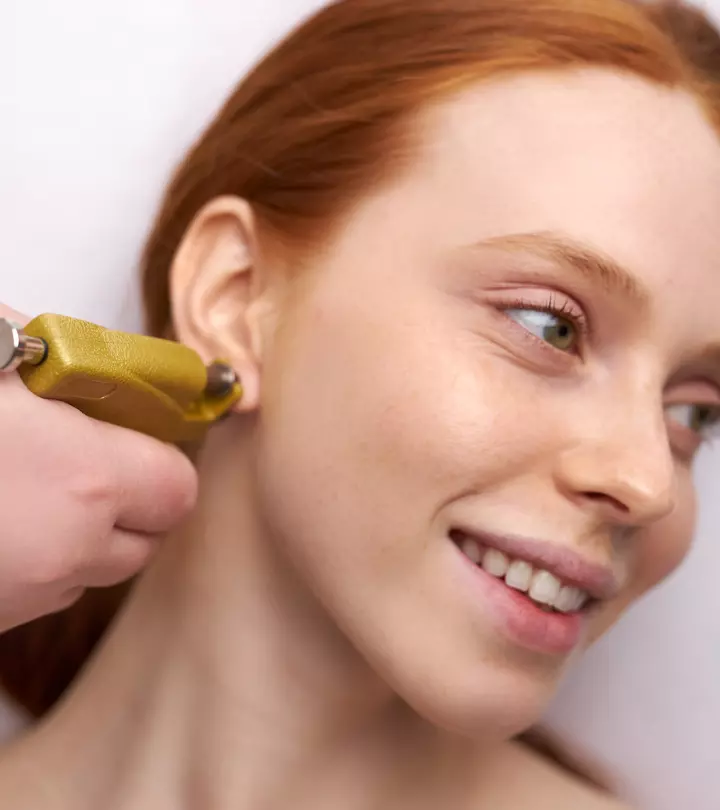

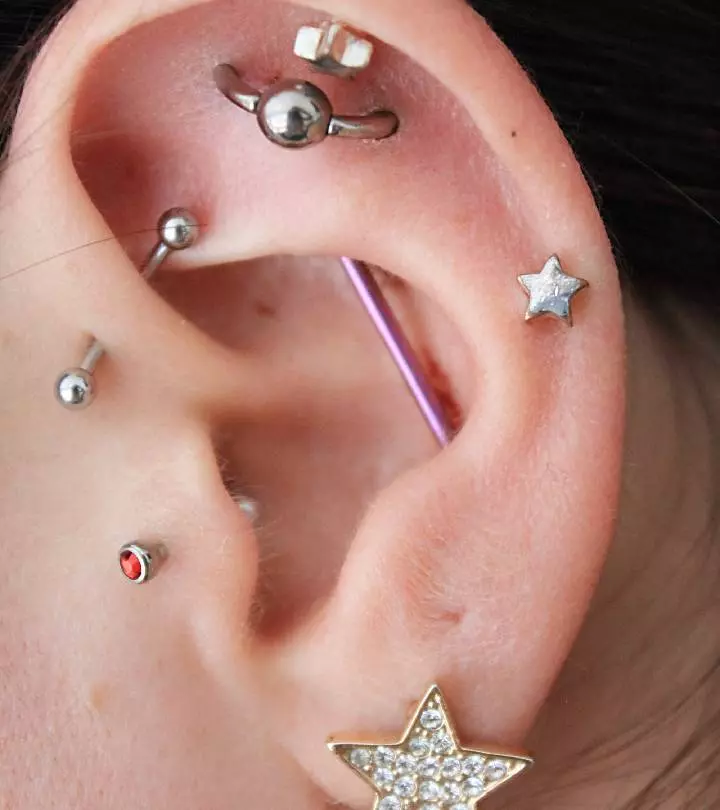
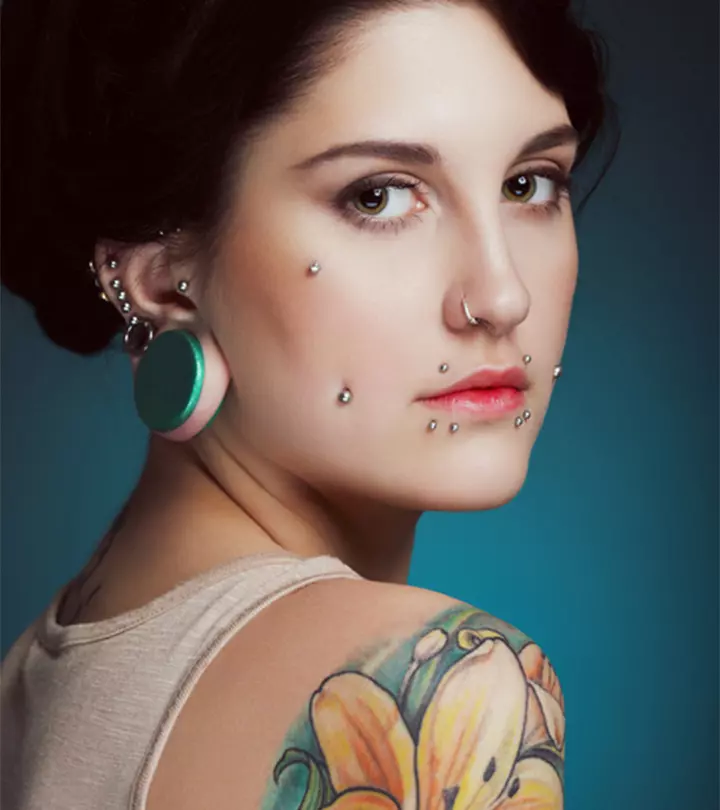
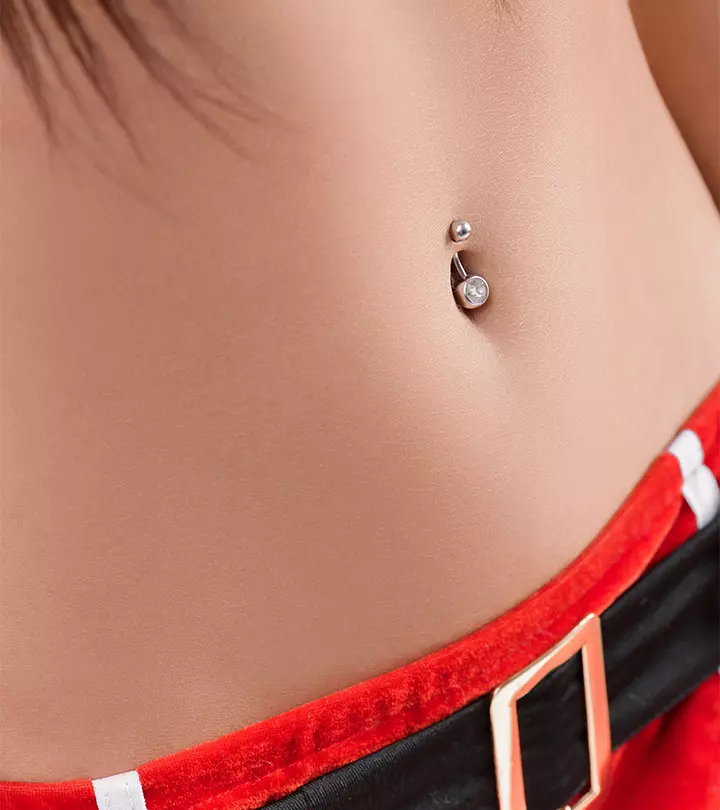


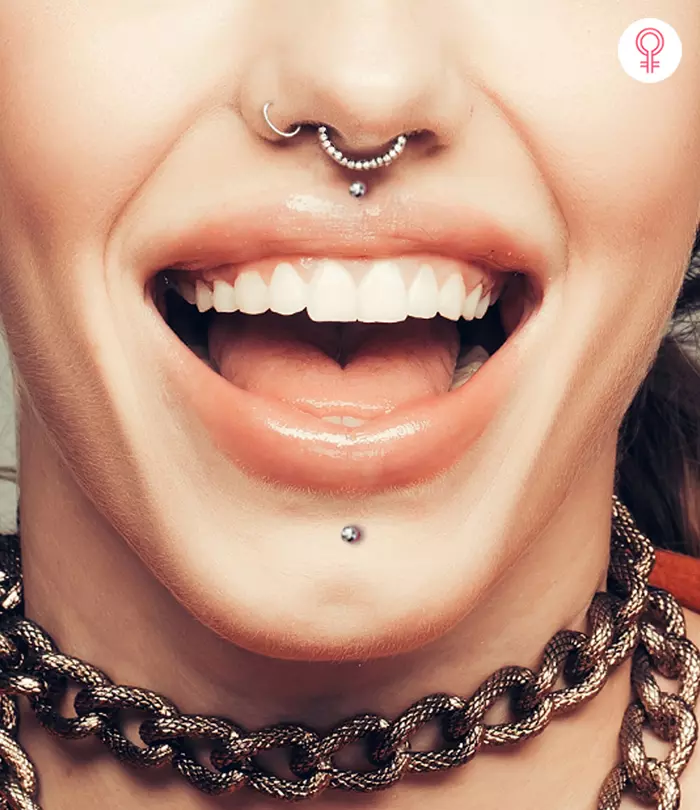
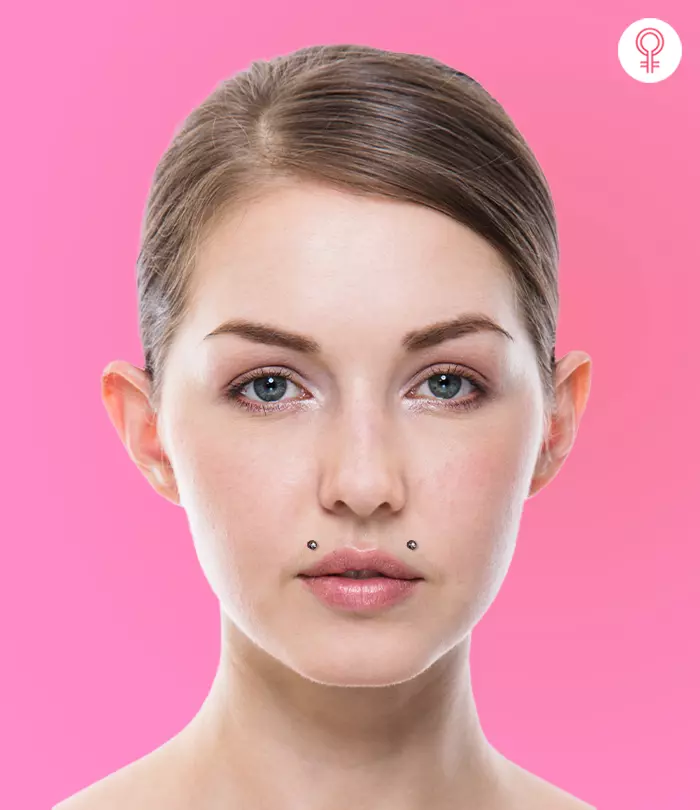


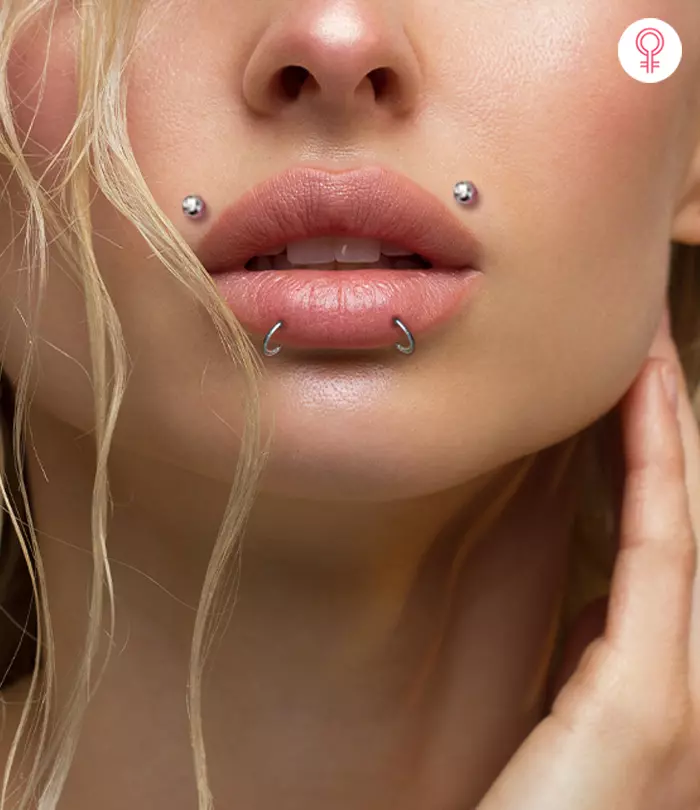
Community Experiences
Join the conversation and become a part of our empowering community! Share your stories, experiences, and insights to connect with other beauty, lifestyle, and health enthusiasts.